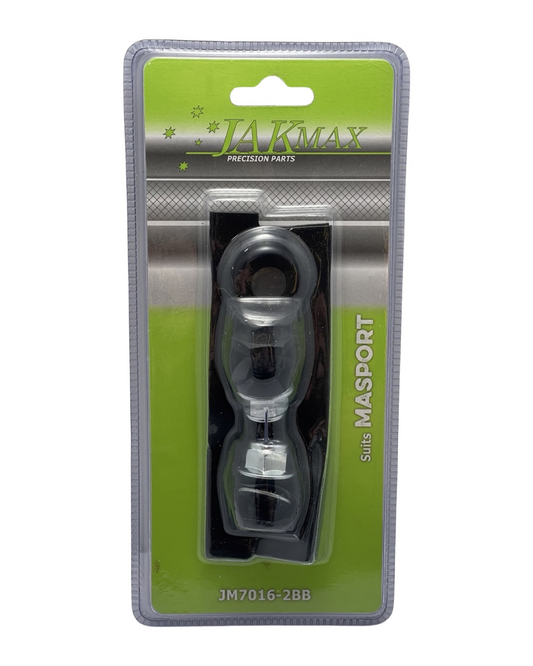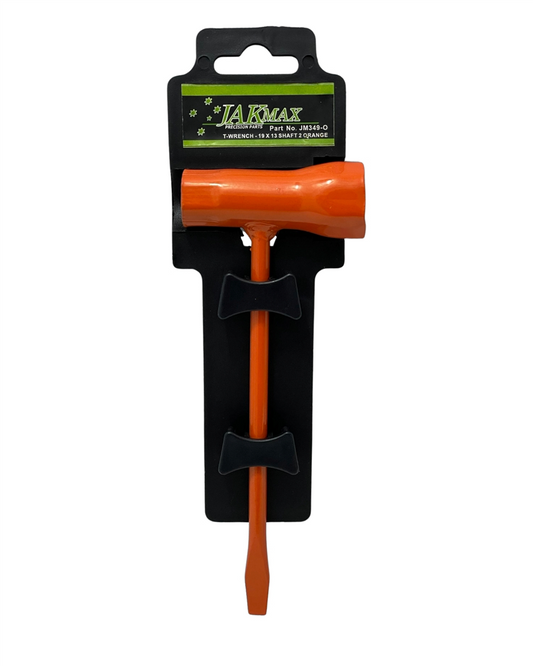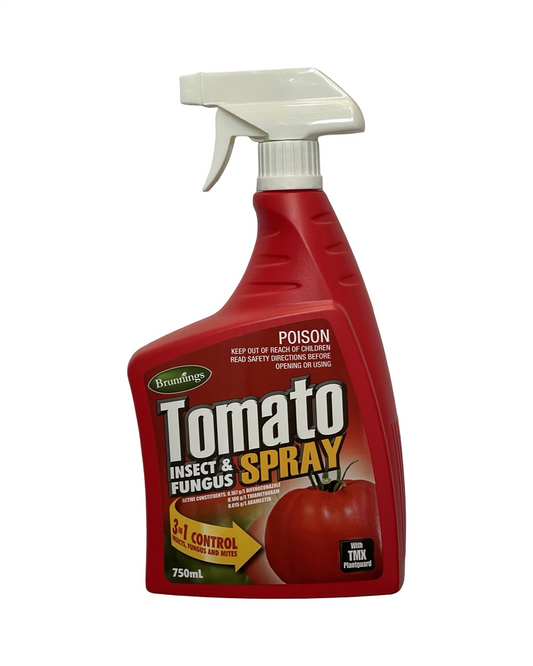How to Use Loppers for Clean and Precise Cuts Every Time
Share
Mastering Loppers: The Secret to Effortless Pruning
Pruning can feel like one of those tasks that looks simple—until you're standing in the middle of your garden, loppers in hand, facing a mass of unruly branches. It’s like giving your plants a haircut, except they can’t tell you if you’re doing it wrong. If you’ve ever wrestled with stubborn stems or ended up with ragged cuts, you’re not alone. The secret? Knowing how to use loppers properly so every cut is smooth, clean, and stress-free.
Why Loppers Are a Gardener’s Best Friend
Loppers are the big guns of pruning tools—long handles, sharp blades, and the power to slice through thick branches with ease. They help you shape, tidy, and encourage healthy plant growth. A clean cut heals faster, meaning happier, healthier plants that bounce back strong. And with the right technique, using them won’t feel like an upper-body workout!
Choosing the Right Loppers
Not all loppers are created equal. The right pair depends on what you’ll be cutting and how much effort you want to put in.
- Bypass Loppers: Best for live, green wood. They work like scissors, giving a clean cut that encourages faster healing.
- Anvil Loppers: Great for dead or dry branches. They crush as they cut, which isn’t ideal for fresh growth but works well for tough, brittle wood.
- Geared or Ratcheting Loppers: These add extra chopping power. If you struggle with thick branches, these can save your arms and shoulders some hard work.
Look for loppers with a comfortable grip, sharp blades, and a lightweight frame. A good pair will make a world of difference.
The Right Way to Use Loppers
You wouldn't use kitchen scissors to cut your hair (hopefully), and the same logic applies to pruning. Technique matters. Here’s how to do it right:
- Start with Sharp Blades: Dull blades crush branches instead of slicing through them, making plants vulnerable to disease. Keep your loppers sharp for the best results.
- Use the Base, Not the Tip: The strongest cut comes from the base of the blades, not the tips. Place the branch deep in the jaws before cutting.
- Angle Your Cuts: Slice at a slight angle away from the plant’s centre. This prevents water from pooling on the cut surface and reduces the risk of rot.
- Cut in the Right Spot: For live branches, cut just above a bud or node—but not too close—so the plant can grow back neatly.
- Let the Tool Do the Work: Avoid squeezing too hard or twisting as you cut. A steady, firm action gives the best results.
Avoiding Common Mistakes
Even the best tools won’t save you if you’re making rookie mistakes. Here are three common ones to watch out for:
- Overreaching: If you have to stretch awkwardly to make a cut, use a different tool like a pruning saw or telescopic loppers. Safety first!
- Cutting Too Thick: Loppers are designed for branches about as thick as your thumb. Anything bigger, and you risk damaging the blades—or your hands.
- Ignoring Maintenance: After each use, wipe down your loppers and store them somewhere dry. A little care keeps them working smoothly for years.
When to Prune Different Plants
Timing matters! Pruning too early or too late can stress plants or stunt growth. A general rule of thumb:
- Fruit Trees: Late winter or early spring, before new growth starts.
- Flowering Shrubs: Right after they finish blooming.
- Evergreens: Light pruning in spring or summer.
- Deciduous Trees: Dormant season in winter is best.
Happy Pruning, Happy Plants!
With the right loppers and a little practice, pruning doesn’t have to be a struggle. It becomes a satisfying part of gardening—one that keeps your plants thriving and your garden looking its best. So, grab your loppers, find those wild branches, and get snipping. Your garden will thank you!
Happy gardening!
Candeece
 Stay Connected
Stay Connected
Join our gardening community on Facebook the Urban Gardener's Notebook
And follow our Store Facebook Page: Strathalbyn H Hardware on Facebook









